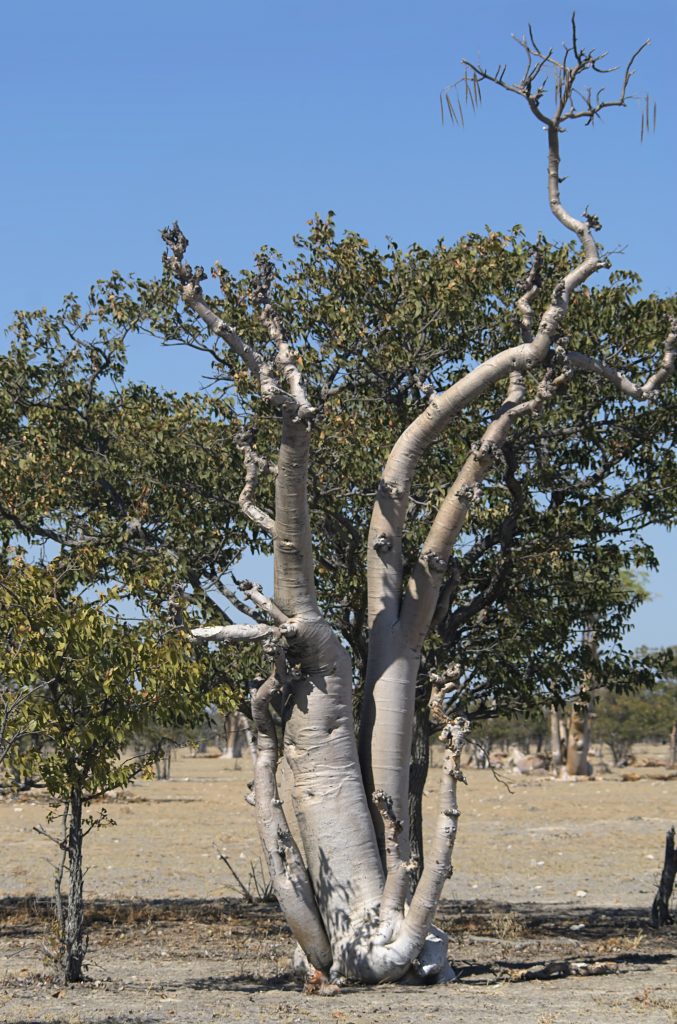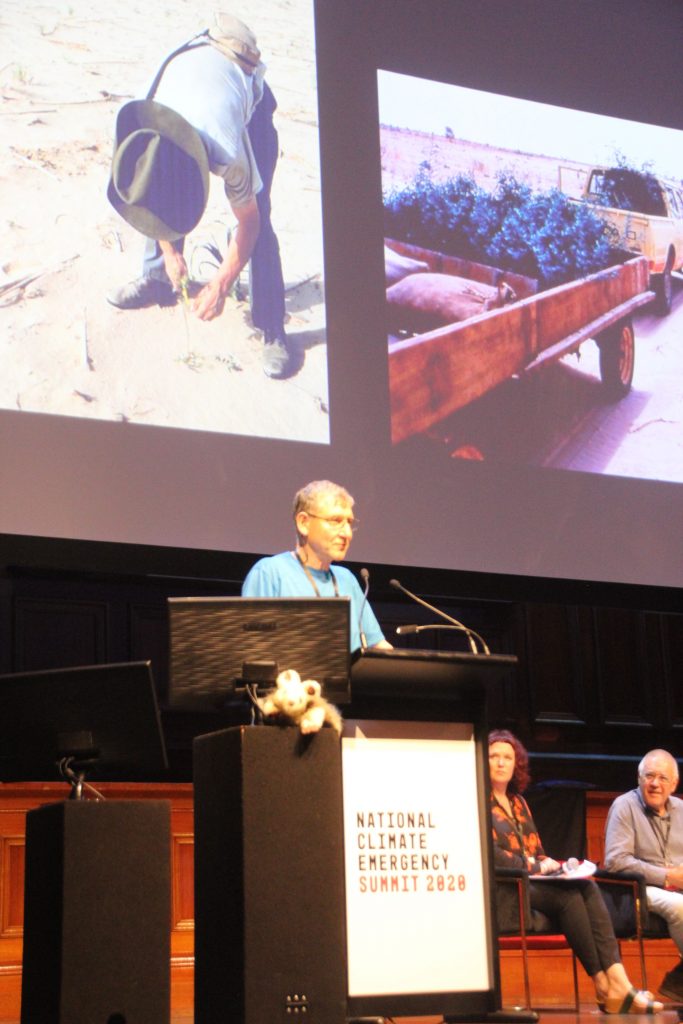by Raphaela Barros Prado
Many nonprofit organizations in Niger were created to help communities with the issues they face everyday such as water scarcity, poverty, unemployment, violence, etc. One of the organizations started with the idea of improving. the environment by creating more green space in Niger’s desert landscape.
Tony Rinaudo is an Australian farmer who moved to Niger because of a strong desire to make a difference in the world. Rinaudo’s original goal was to reforest the world, but after two years of work, he found himself very frustrated as an intense drought was killing all the trees he planted. After observing small bushes surviving in the desert, Rinaudo took a closer look and realized that what he thought were bushes were actually trees that had been cut down and were re-sprouting from the stump. Rinaudo was struck by the fact that the whole time he’d been trying and failing to grow trees, there had been a huge, thriving root system beneath his feet. Rinaudo immediately changed tactics and began to focus on developing a plan to nurture this “underground forest.” He knew that since people had been responsible for removing the trees, they would have to be a part of the plan to restore them.

“In ‘discovering’ this underground forest”, Rinaudo recalls, “the battle lines were immediately redrawn. Reforestation was no longer a question of having the right technology or enough budget, staff or time. It was not even about fighting the Sahara Desert, or goats or drought. The battle was now about challenging deeply held beliefs, attitudes and practices and convincing people that it would be in their best interest to allow at least some of these ‘bushes’ to become trees again.”[i] Rinaudo immediately began work on developing a farmer-managed regeneration program that involved recruiting farmers and teaching them how to farm their land while also preserving some of the local species of trees. Rinaudo showed the farmers how allowing some native species to thrive actually improved their yield since the trees helped the soil retain water, the pruned branches could be used for mulch, and the foliage offered shade that ultimately reduced ground temperatures.
As his project became successful in Niger, Tony along with the World Vision organization, promoted the project across Africa, an effort that continues today. The program was low-cost, simple, and easy to adapt, so it spread quickly through peer-to-peer interactions among Niger’s farmers. The results were astonishing, and the farmer-managed regeneration program spread to 22 other African countries. In Niger alone, about 6 million hectares of land were and over 200 million trees were regenerated over a 20-year period. The reforestation area is so big that it is visible from a satellite.

Because of the success of his project, Rinaudo was invited to participate in UN’s global climate talks in Katowice, Poland in 2018. He passed spread the word about his project, stopping by every meeting room and talking to every delegation. Today there are about 2 billion hectares of degraded land around the world, but most of the lands could be restored and reforested with trees that could help to remove the carbon from the atmosphere and reduce global warming. Regeneration is not the sole solution for climate change, but it is a powerful weapon in the larger fight.
Today, 30 years since the project began, Rinaudo is still hard at work. He received an award called Right Livelihood in 2018 at the Vasa Museum in Stockholm in recognition of his great job in Africa. What he created is much more than an agricultural technique, he has inspired a generation of farmers who will continue his work and get us all a little closer to his original goal – a greener world for all.
[i] The Right Livelihood Foundation


